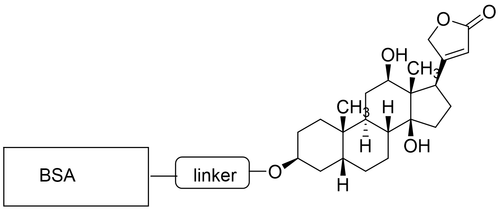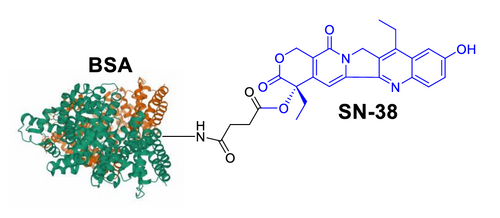Product Description
| Download Documents | |
| SDS | |
Protein concentration determination is very complex and affected by many factors, such as the protein composition, conformation, and sample matrix [1]. The most often used simple method is to determine the concentration by UV absorbance at 280 nm using the Beer-Lambert Law. The 280 nm UV absorbance is mainly attributed to the number of aromatic amino acids (tryptophan and tyrosine) in the protein and is affected by protein conformation, aggregation, solvent, and pH. For many proteins, there is no experimentally determined extinction coefficient at 280 nm for the concentration determination. Other indirect protein quantitation methods, such as Bradford [2, 3] and bicinchoninic acid (BCA) assay [4] (introduced by Smith, et al. in 1985), are based on protein-dye interactions to generate a colorimetric signal. The signal also varies with protein composition and assay conditions. BSA is usually used as the standard for these assays.
CellMosaic’s chromatographic purified BSA standard is designed for quantitation of proteins and protein conjugates by HPLC, MS, and other protein assays. This product consists of 1 mg lyophilized ultra-pure BSA that can be quickly reconstituted in 980 µL of deionized water to obtain a 1 mg/mL solution in 1x PBS buffer without any insoluble particles. CellMosaic routinely uses this product for its own internal bioconjugation-related research.
This product can be used together with CellMosaic’s SEC (gel filtration) HPLC Protein Standard (CM92004) to better characterize proteins and bioconjugates.
Application of the product:
-
Quantitation of proteins by HPLC (gel filtration and size exclusion column, reversed phase).
-
Standard for any protein-based quantitative assay, such as Bradford and BCA assay.
-
Standard for mass spectrometry (desalting needed if used for MALDI-TOF MS).
Key Features of the product:
-
Chromatographic purified, ≥99% of BSA content by SEC HPLC (may contain 1-3% of aggregated BSA depending on storage, preparation, and analytical method).
-
Lyophilized powder ready to use after reconstitution with deionized water.
References:
- Kathrin Reinmuth-Selzle et. al. 2022, Determination of the protein content of complex samples by aromatic amino acid analysis, liquid chromatography-UV absorbance, and colorimetry. Analytical and Bioanalytical Chem. 414, 4457-4470.
- Bradford MM. 1976, A rapid and sensitive method for the quantitation of microgram quantities of protein utilizing the principle of protein-dye binding. Anal Biochem. 72(1), 248-254.
- Congdon RW, Muth GW, Splittgerber AG. 1993, The binding interaction of Coomassie blue with proteins. Biochem. 213(2), 407-413.
- Wiechlman KJ, Braun RD, Fitzpatrick JD. 1988, Investigation of the bicinchoninic acid protein assay: Identification of the groups responsible for color formation. Biochem. 175(1), 231-237.
Frequently Asked Questions:
If you can’t find the answer you’re looking for or need information on general topics, please visit the main Frequently Asked Questions (FAQs) section.









